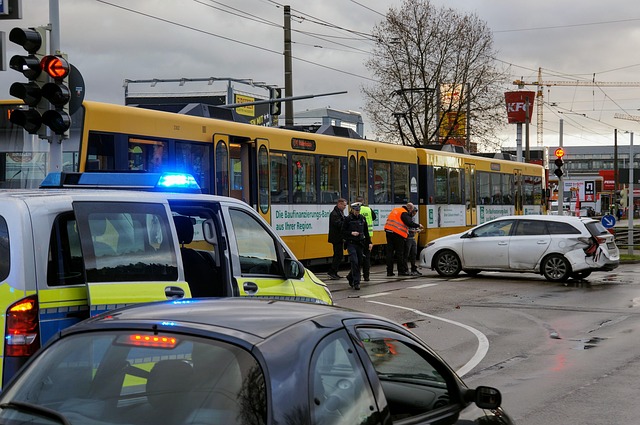In the event of a tanker truck accident, swift and coordinated responses from emergency services are crucial to ensure public safety and prevent environmental harm. Initial responders contain leaks and spills while local authorities set up safe zones, evacuate residents, and facilitate investigations. Despite the absence of fatalities, such accidents can lead to complex issues like wrongful death claims, employment disputes, and real estate controversies. Recent incidents have left communities dealing with cleanup efforts, property damage assessments, and discussions about trucking company responsibilities, especially concerning potential elder abuse.
In the aftermath of a major tanker truck accident, cleanup efforts are expected to endure for weeks. This comprehensive article delves into the intricate process of managing such catastrophic events. We explore the initial response, focusing on immediate safety measures and evacuation procedures, while detailing the crucial role of emergency services in containment. Furthermore, we analyze extensive cleanup operations, including environmental impact assessments, challenging techniques, and collaborative efforts across multiple teams and agencies. Lastly, we discuss the prolonged recovery process, its implications for local communities and transportation routes, and the implementation of post-incident safety regulations.
- Initial Response to Tanker Truck Accident
- – Overview of the incident
- – Immediate safety measures and evacuation procedures
Initial Response to Tanker Truck Accident

When a tanker truck accident occurs, an immediate and coordinated response is crucial. Emergency services, including fire departments and hazardous materials teams, are the first to arrive on the scene. They assess the situation, containing any leaks or spills to prevent further environmental damage. This swift action not only mitigates risks to public safety but also sets the stage for effective cleanup efforts.
The initial response also involves contacting relevant authorities, such as local transportation departments and environmental agencies, to ensure compliance with regulatory protocols. Additionally, insurance companies are notified to facilitate the process of compensating affected parties, including those dealing with property damage or personal injuries. Even in cases where there are no immediate fatalities, the aftermath of a tanker truck accident can lead to complex scenarios, including wrongful death claims, employment disputes over safety procedures, and real estate disputes related to contaminated properties.
– Overview of the incident

A recent tanker truck accident has left a significant impact on the community, with cleanup efforts expected to extend over several weeks. The incident occurred when a large fuel tanker veered off the highway and collided with multiple structures, sparking a fire that threatened nearby residences. Initial reports suggest that the driver may have experienced a medical emergency, leading to the breach of fiduciary duty between the trucking company and the public.
Local authorities and emergency services raced to the scene, containing the blaze and evacuating affected areas. As the dust settles, residents face the daunting task of assessing damage and rebuilding their homes. This tragedy has prompted discussions about the responsibilities of trucking companies and the need for stringent safety measures, especially with concerns rising about potential elder abuse given the vulnerable nature of those residing in nearby communities.
– Immediate safety measures and evacuation procedures

In the event of a tanker truck accident, immediate safety measures are paramount. Following the incident, emergency responders swiftly assess the scene to ensure the safety of nearby residents and contain any potential hazards, such as leaks from damaged fuel tanks. Evacuation procedures kick in, with authorities issuing mandatory orders for those within a specified radius to evacuate immediately, preventing further exposure to risks like explosions or toxic fumes. These swift actions are crucial in minimizing truck accident injuries and protecting lives during the initial response phase.
Local governments and emergency management teams coordinate efforts to set up safe zones, notify residents of evacuation routes, and provide clear instructions through local media channels. The primary focus remains on securing the area, treating any immediate medical emergencies, and facilitating investigations to understand the causes behind the tanker truck accident, which can help determine liability for subsequent property damage claims.
The cleanup efforts from the recent tanker truck accident are anticipated to extend over several weeks, underscoring the complexity of managing such incidents. Given the scale of the spill and the need for thorough environmental assessments, authorities are prioritizing safety and minimizing risks during the remediation process. This incident serves as a stark reminder of the potential consequences of large-scale transportation accidents and highlights the importance of robust emergency response protocols. Moving forward, lessons learned from this event will contribute to refining disaster management strategies, ensuring better preparation for future tanker truck accidents.






